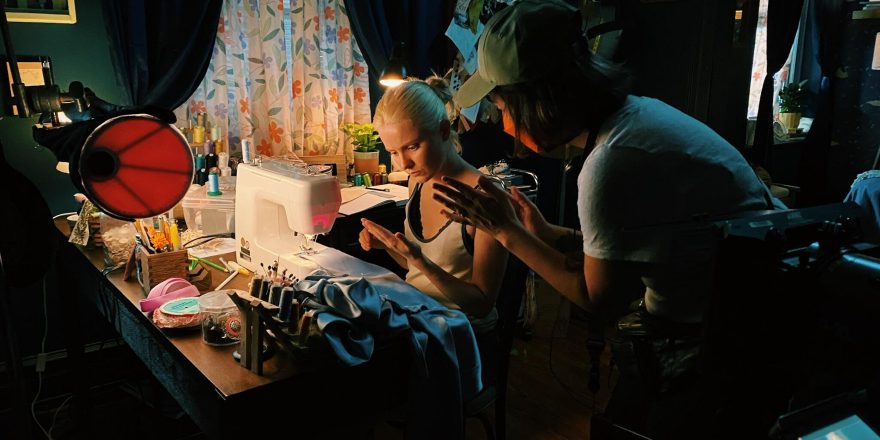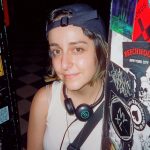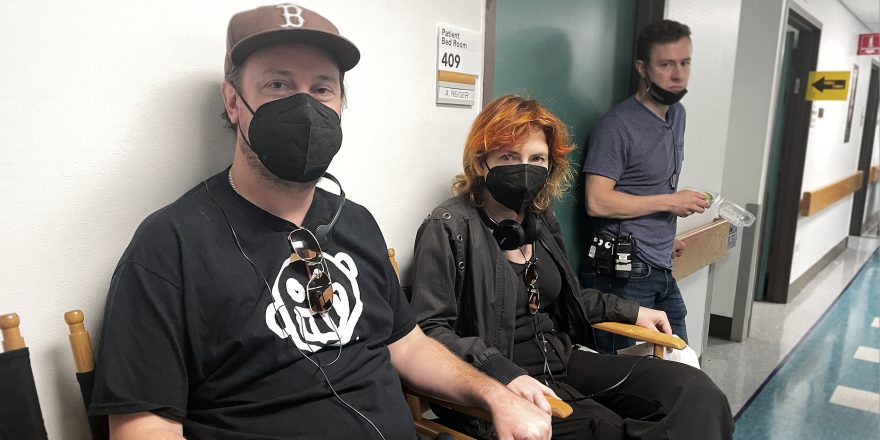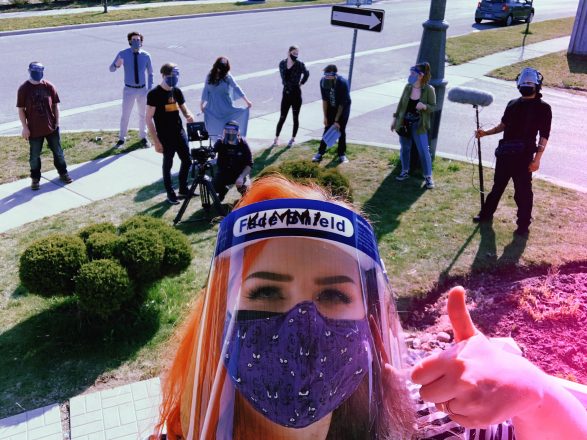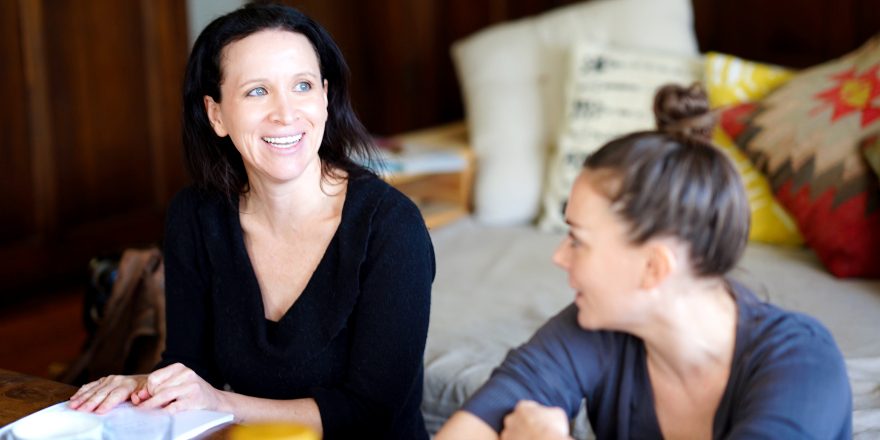What is an artist? It seems like everyone has a different answer to that question. As a teenager, I looked up to artists of all kinds – from musicians, to painters, to filmmakers, to my late mother. The first thing I observed was an artist is extremely disciplined and dedicated to their craft. I watched my mom practice piano for 10 to 12 hours a day, repeating the same sections over and over until she was happy (enough). Then she gave her art to an audience to enjoy. This amazed me. It was passion. A deep love for something so human. A beautiful way to connect with others on a fundamental and inexplicable level. It was a type of vulnerability I admired. The second thing I learned was that an artist is someone to be deeply respected. Artists have a special power to reach inside themselves, translate their perspective of the human experience and connect with audiences to move them to their core. This was a type of magic to me.
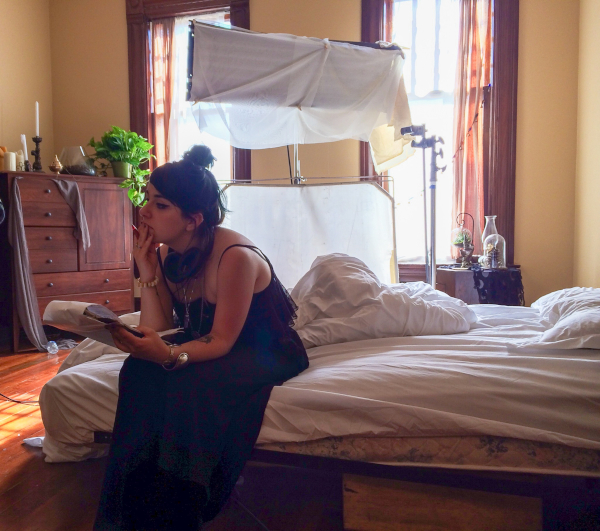
My teenage brain, in this admiration, also looked for clues as to what artists were like as people. Obviously, as a 15-year-old, I did not include my mom in this analysis. Did I fit in with the stories I read online? Could I be cool, too? That’s when I caught wind of another narrative. It seemed that to succeed as an artist, you had to give up everything. To sacrifice even your own well-being. Most of the artists I loved when I was forming my image of what an artist looked like (in the early 2000s) lived existences of chaos, danger and/or isolation. They were always close to their darker side, which I concluded was what made their art so resonant. This, at the time, was deeply attractive to me. I surmised that consistent suffering was a key ingredient in making good art. (I found no narratives that said, “These people you admire have stable families and go to the grocery store and maybe even have a dog they love walking and finish the day by watching Seinfeld and go to sleep at 9pm.” If they did have those lives, they were “sellouts,” the worst possible fate.)
When I started making movies at film school, I still hadn’t figured out how to regulate my depression and had extreme social anxiety from years of bullying. I could barely raise my hand in class, let alone talk in a group setting. It was severe. Making movies became my way of having a voice and gaining confidence. Filmmaking was a space where I was given permission to speak, where I had to use my voice, because it was for a class. I could finally express what was inside me, something no one had wanted to hear before. And it became the perfect excuse for me to work out my demons, like I had learned from my role models. It was a cathartic and beautiful experience for me to take the bad stuff and turn it into something worthwhile. My classmates seemed affected by my work, as well as audiences who saw my student projects.
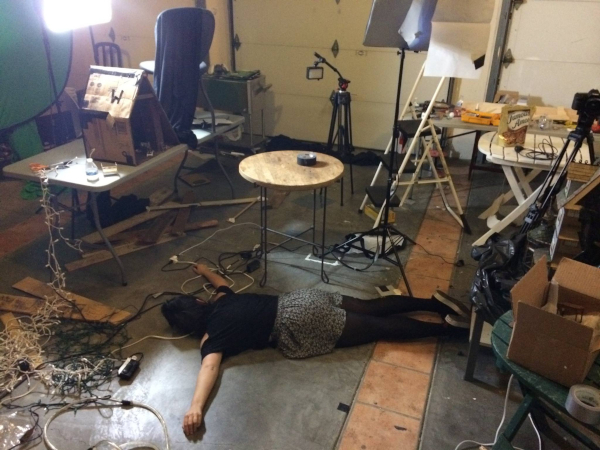
As the years went on, I started to have a hard time separating myself from the films I was making. Only in hindsight did I realize I struggled with this boundary. There was not an understanding that I didn’t need to live the pain once the project was over, or even while creating. I poured all of my soul into each and every project, and tried to mine my hurt deeply each time, as if this might be the last time I would ever create something. It was consistently traumatizing. But I was following in the footsteps of the greats who had also suffered for their art, I told myself. That attitude bled into my personal life. Into the people I surrounded myself with. Into unhealthy habits. I wanted, maybe subconsciously, to stay close to a state of suffering at all times, so I could easily create from that deep well. Ultimately, my personal lifestyle began to support a state of constant depression.
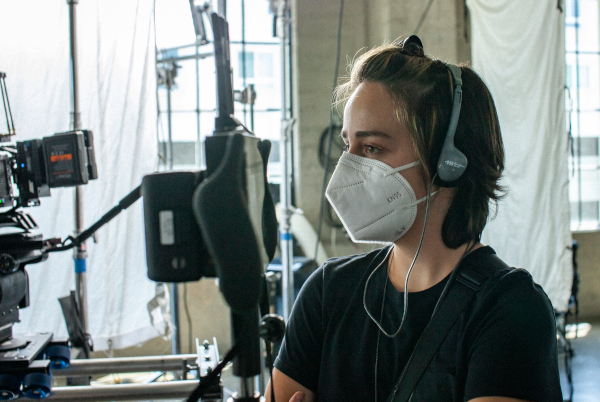
Yet my true core desire, underneath it all, was to live a healthy life. To let go of the damaging narrative I had clung to. Could it be possible for me to be healthy and make good art? At a certain point, about a year after college, I hit a breaking point. I had created an incredibly unhealthy environment for myself and I didn’t know how to get myself out of it. I had to do something. I was truly afraid of what my life would become if I didn’t make a change. I remember sitting alone in my bedroom when that fear sunk in, after finishing a music video treatment at 4 a.m. I was so isolated. So fearful. So sad. Not sleeping. Eating poorly. Distrustful. Surrounded by toxic people who didn’t support my wellbeing. I couldn’t continue this way. It wasn’t the life I imagined for myself. I wasn’t sure how long I’d be around if I kept it up, and having that thought scared me and shook me awake.
So, I made a decision to put my happiness first. At the time, I phrased it in my baby brain like this: I am choosing myself over my art. If my art was going to suffer, it didn’t matter to me. I just wanted to enjoy the time I had on Earth. I dove into therapy and did a lot of hard, hard work. I imagined a life of balance, stability and health-forward thinking. I started taking a medication that helped me regulate and process my feelings. I learned about mindfulness and that maybe not all my thoughts held a great, deep meaning. It alleviated so much pressure. Not everything in my brain was necessarily precious. I didn’t have to catch and hold onto every single thought or feeling I had, not even for my art. I wasn’t yet sure how it would affect my creative abilities, but I didn’t care, because my mental health stabilized and improved. I learned tools to be balanced. I met my future husband, who supported that lifestyle.
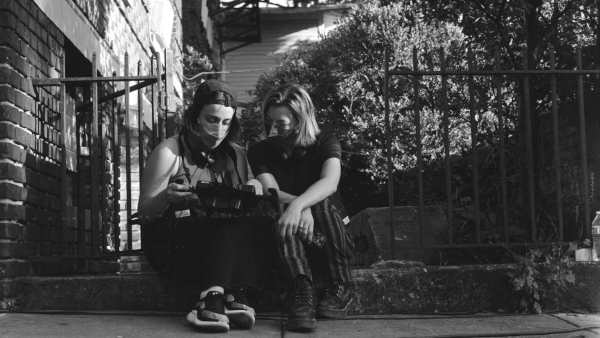
Then the moment came. I got an opportunity to make a music video for a band I admired. It was the first project where I felt healthy in my life. And I was horrified. Could I summon something worth people’s time now that I’d prioritized my wellbeing? Would I need to fall back into a depressive slump to connect to profound feelings? In therapy, I learned that no matter what, that part of me would always be there. It was just that I had the tools to regulate it and coexist with it. I put those feelings in a beautiful box, and from time to time, I open it up and let them breathe. So, I opened up that box just for a moment to see what might come out for this music video. All the feelings in that box took a big breath of fresh air. They screamed and flailed and danced around like little devils, and when I was done, I tucked them back into the box and locked it. Many people told me that music video was my most fucked-up work to date. It got me my first Vimeo Staff Pick and helped me sign with a manager. Most importantly, I actually liked it! Where most of my projects felt like a stab in the gut to make, this was a blast.
Sometimes it’s not so easy. As an artist, using my melancholy, my personal traumas, my darker observations of myself, the world and people, is still key to making cathartic work. It’s how I work things out. I continue to learn how to tame my process as I grow. Having the tools to know when and how to open the box of never-ending pain (emo AF, I know), and when to shut it, has become essential for me. Even now, when I’m writing a project and opening the box, sometimes it spills over into nightmares or a spell of dark moods. It’s impossible to be unaffected. But that’s beautiful, in a way. I love and appreciate that box very much now. It has become an important part of processing my pain, instead of abusing it.
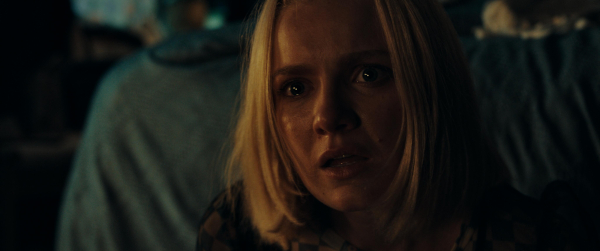
Now I have one of those mostly peaceful, grocery-store lives with a dog I love walking and a family that is my number one priority. I watch The Great British Baking Show and try to go to bed at 10 p.m. (9 p.m.’s too early), ’cause it makes me feel stabilized, focused and … good. Life offers pain without me trying. I don’t need to cling to it – there’s enough to go around. That’s the universe. It’s naturally chaotic. My responsibility to my own life and health is greater than any piece of art. I’ve learned it’s still possible to make art I am proud of by accessing vulnerability in a non-self-destructive way. It’s hard work and it’s messy, but it’s worth it. Creation is a beautiful act, a spiritual act. One that lets me communicate a hidden, magical part of existence to others and myself. And I don’t need to become the darkness anymore.
Featured image, courtesy Hulu, shows Anna Zlokovic and actor Hadley Robinson during the making of Appendage. All images courtesy Anna Zlokovic unless otherwise stated.



